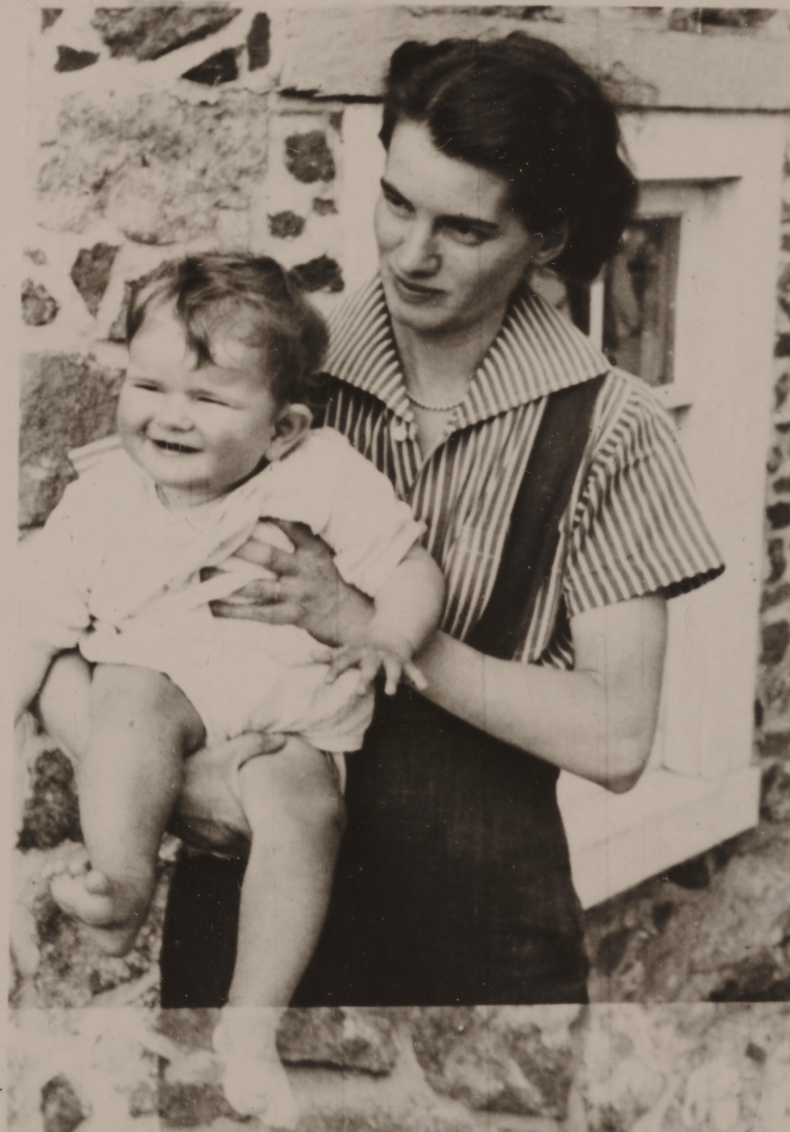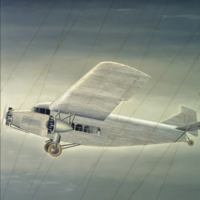More about Elsie Driggs
Works by Elsie Driggs

Contributor
Both Rosie the Riveter and Elise Driggs are badass machinist women, but only Driggs is the real deal.
Born 1898 in the Big Apple, Driggs was the daughter of a Louis Driggs, a steel mill worker, and Roberta Whiting, a woman whose family line held generations of female artist like herself. While Driggs was in the womb, Whiting went to the Metropolitan Museum and took every class she could, hoping the child that would pop out would end up just like her. And she did: she drew in her childhood and found oil painting in high school, finally locking it in as her medium of her choice after an all-day sesh with her sister in a rented spot in Santa Fe.
Safe to say her family, unlike most, were fully supportive of her artistic interests. By 1918 she enrolled in the Art Students League and found tutelage under George Luks and Maurice Sterne. From 1922-1924, she took a trip to Europe and met Leo Stein, who exposed to the Renaissance artist Piero della Francesca. Francesca became a major influence on her work from that point on, as she fell in love with his attention to perspective and composition.
On her return to New York, she found herself a place at the Charles Daniel Gallery. Initially, she had to sign her name as just “Driggs” while still being held in consideration for a spot there due to Daniel’s conservative and misogynistic attitude, only revealing her womanhood when she was accepted and had to meet him in person. Her most famous works from this time were Pittsburg (1926), Queensborough Bridge (1928), and Aeroplane (1929), the last of which was presented at her first solo show.
But before you label her with a machine fetish, here’s this factoid: along with her Precisionist work, Driggs also did still life paintings of plants and animals, creating a larger-than-life scale representation of a cabbage in 1924.
By the Great Depression, Driggs had abandoned Precisionism for watercolors and murals. By 1935, she married painter Lee Gatch, with whom she had a dysfunctional but loving marriage and one daughter. In fact, it was her daughter’s watercolor paintings she had made on ripped pieces of paper that inspired her to make watercolor collages by 1940.
She was the last surviving member of the Precisionists by the early '90s and a still-active member in the New York art scene, having followed the work of the color field painters and photographer Robert Mapplethorpe in her later years. She died in 1992.
Sources
- Loughery, John. “Blending the Classical and the Modern: The Art of Elsie Driggs.” Woman's Art Journal, vol. 7, no. 2, 1986, pp. 22–26. JSTOR, JSTOR, www.jstor.org/stable/1358301.
- “Elsie Driggs: The Quick and the Classical.” 2008. Michenerartmuseum.org. Michener Art Museum. 2008. https://www.michenerartmuseum.org/mam_exhibitions/elsie-driggs-the-quic….
Featured Content
Here is what Wikipedia says about Elsie Driggs
Elsie Driggs (1898 – July 12, 1992 in New York City) was an American painter known for her contributions to Precisionism, America's one indigenous modern-art movement before Abstract Expressionism, and for her later floral and figurative watercolors, pastels, and oils. She was the only female participant in the Precisionist movement, which in the 1920s and 1930s took a Cubist-inspired approach to painting the skyscrapers and factories that had come to define the new American landscape. Her works are in the collection of the Whitney Museum of American Art, the Houston Museum of the Fine Arts, the Fine Arts Museums of San Francisco, the James A. Michener Art Museum in Pennsylvania, and the Columbus Museum of Art, among others. She was married to the American abstract artist Lee Gatch.
Check out the full Wikipedia article about Elsie Driggs











